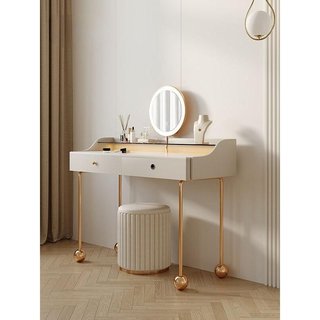Inside the journey of turning a house into a home, her response play an indispensable role. They're not just utilitarian objects but pivotal factors that infuse character, style, and comfort into areas. Whether you're getting into a new place or trying to revamp your current abode, knowing the impact of furniture and home decor will help you create a space that truly reflects your personality and lifestyle.

The building blocks: Furniture
1. Functionality Meets Aesthetics
Furniture forms the backbone of any home. It offers essential functionality, making sure spaces serve their intended purposes, it could be a dining room to see relatives meals or a living room for relaxation. However, beyond functionality, furniture also sets the aesthetic tone. The option of materials, colors, and designs can transform a room's vibe from minimalist to cozy, modern to vintage.
2. Investing in Quality
High-quality furniture is a worthwhile investment. Pieces crafted from durable materials like solid wood or high-grade metal not only last longer but often age beautifully, adding an ageless appeal to your property. Investing in quality doesn't invariably mean choosing the most expensive items; rather, it means selecting pieces offering longevity and withstand daily damage.
3. Versatility and Adaptability
In modern homes, space is often a premium. Versatile furniture like modular sofas, extendable dining tables, and multi-functional self storage units can make a significant difference. These pieces adjust to different needs and occasions, providing practical solutions without compromising on style.
The skill of Home Decor
1. Personal Expression
Home decor is where personal expression truly shines. From artwork photos to rugs and cushions, every decorative item plays a role in the overall ambiance. These components allow homeowners to infuse their personality into their space, creating an atmosphere that feels uniquely theirs.
2. Creating Atmosphere
Decor elements play a crucial role in allowing the desired atmosphere in a room. Soft lighting, as an example, can transform a sterile space right into a cozy haven. Similarly, the strategic use of colors can evoke specific moods - blues and greens for tranquility, reds and oranges for warmth and.
3. Seasonal Updates
Among the joys of decor in your home is its flexibility. Unlike large pieces of furniture, decorative items can be easily swapped out to reflect changing seasons, holidays, or trends. This allows homeowners to refresh their space regularly without the need for major renovations.
Trends in Furniture and Home Decor
1. Sustainable Choices
Sustainability has become a key consideration in furniture and residential decor. People are increasingly deciding on eco-friendly materials, for example reclaimed wood and recycled metals, and supporting brands that prioritize ethical production practices. Sustainable choices not only reduce environmental impact but in addition often have unique, handcrafted qualities.
2. Maximalism Returns
After years of minimalism dominating the look scene, maximalism is building a comeback. This trend embraces bold colors, patterns, plus an eclectic combination of items. It's about creating rich, layered spaces that tell a tale and reflect the homeowner's diverse tastes and experiences.
3. Smart Furniture
Technologies are seamlessly integrating into household furniture. Smart pieces of furniture, like adjustable beds, desks with built-in charging stations, and mirrors with embedded Led lamps, enhance convenience and functionality. These innovations appeal to the modern lifestyle, blending tech-savviness with stylish design.
Strategies for Choosing the Right Pieces
1. Measure Your home
Before purchasing any furniture, you need to measure your home accurately. Consider not only the dimensions of the room but also the flow to move and the keeping doors and windows. This makes sure that your furniture fits well and increases the room's layout.
2. Mix and Match
Don't be afraid to combine and match variations, materials, and colors. Eclectic combinations may add depth and interest in your space. The secret is to find a common thread, for instance a color palette or perhaps a particular material, to maintain a cohesive look.
3. Prioritize Comfort
While style is very important, comfort won't be compromised. Check out furniture pieces in-store when possible to ensure they offer the comfort you'll need. After all, your home should be a sanctuary where you can relax and unwind.
Conclusion
Furniture and home decor are more than just physical objects; they may be essential tools in crafting a home that reflects who you are. By carefully selecting and arranging these factors, you can create spaces that are functional, stylish, and truly inviting. Whether embracing current trends or sticking to timeless classics, the strength of furniture and residential decor lies in their ability to rework everyday spaces into extraordinary ones.
